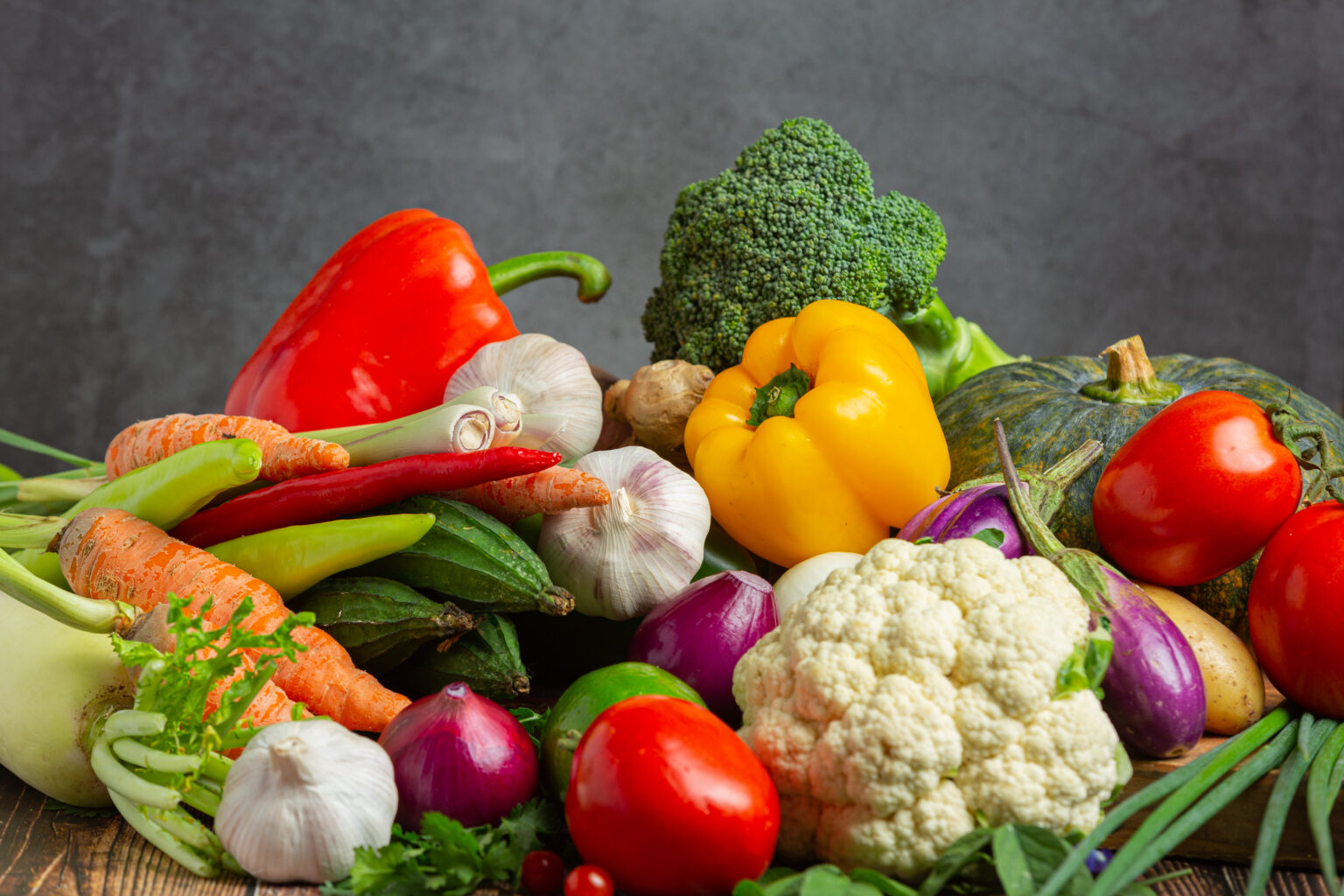A lacto-vegetarian diet is a plant-based eating plan that includes dairy products while excluding meat, poultry, seafood, and eggs. It is a popular choice for individuals seeking a vegetarian lifestyle while still enjoying the nutritional benefits of dairy. To maintain a healthy and balanced lacto-vegetarian diet, it is crucial to incorporate a wide range of vegetables. Vegetables are packed with essential vitamins, minerals, fibre, and antioxidants that support overall well-being. Here are some helpful tips on how to include a variety of vegetables into your lacto-vegetarian diet.
- Embrace Colourful Vegetables: When it comes to vegetables, the more colour, the better. Different colours in vegetables signify the presence of various nutrients. Aim to include a rainbow of vegetables in your diet, such as red bell peppers, leafy greens like spinach and kale, orange carrots and sweet potatoes, yellow squash, purple eggplant, and so on. By incorporating a diverse range of colours, you ensure a wide array of vitamins and minerals in your meals.
- Experiment with Different Cooking Techniques: To make your vegetable dishes interesting and flavourful, experiment with various cooking techniques. Try steaming, roasting, grilling, sautéing, or stir-frying vegetables to create different textures and flavours. For example, roasting vegetables like cauliflower, broccoli, and Brussels sprouts brings out their natural sweetness, while stir-frying mixed vegetables in a savoury sauce adds depth to the dish. By exploring different cooking methods, you can enhance the taste and enjoyment of your vegetable-based meals.
- Mix Raw and Cooked Vegetables: Incorporating raw vegetables into your diet provides a fresh and crunchy element to your meals. Enjoy a colourful salad with a variety of leafy greens, cherry tomatoes, cucumbers, grated carrots, and sliced radishes. Raw vegetables retain more of their natural enzymes and nutrients, offering additional health benefits. Combining raw and cooked vegetables allows you to enjoy the best of both worlds, adding diversity to your lacto-vegetarian diet.
- Go Beyond the Familiar: While it’s easy to stick to the vegetables you are familiar with, challenge yourself to try new varieties. Venture into your local farmer’s market or grocery store and discover lesser-known vegetables like bok choy, kohlrabi, Swiss chard, jicama, or daikon radish. These unique vegetables can add excitement to your meals and introduce you to new flavours and textures. Be adventurous and expand your vegetable repertoire.
- Incorporate Vegetables into Every Meal: To ensure you consume a wide range of vegetables, aim to include them in every meal. Add spinach or kale to your morning smoothie, top your whole-grain toast with avocado and sliced tomatoes for breakfast, enjoy a big salad with lunch, and make vegetable-packed stir-fries or roasted vegetable medleys for dinner. By consciously incorporating vegetables into each meal, you maximise your nutrient intake and create a well-balanced lacto-vegetarian diet.
- Utilise Vegetable-Based Condiments: Enhance the flavour of your vegetable dishes by using vegetable-based condiments and sauces. Experiment with homemade salsas, pestos, and chutneys made from tomatoes, peppers, herbs, and other vegetables. These additions not only provide extra taste but also contribute to your daily vegetable intake. They can be used as dips, spreads, or dressings, allowing you to enjoy the versatility of vegetables in different forms.
- Grow Your Own Vegetables: If you have the space and resources, consider starting your own vegetable garden. Growing your vegetables not only ensures a fresh and organic supply but also deepens your connection to the food you eat. You can cultivate a wide variety of vegetables according to your preferences, providing a constant source of nutritious produce for your lacto-vegetarian diet. Even a small herb garden on a windowsill can provide an abundance of flavour-enhancing options.
Incorporating a wide range of vegetables into a lacto-vegetarian diet is not only beneficial for your health but also adds excitement and variety to your meals. By embracing colourful vegetables, experimenting with cooking techniques, combining raw and cooked options, exploring new varieties, and using vegetable-based condiments, you can create delicious and nutritious dishes that support your vegetarian lifestyle. Remember to make vegetables a staple in every meal and, if possible, grow your vegetables to foster a deeper connection with your food. Enjoy the abundance and flavours that a vegetable-rich diet has to offer!








